Your audience is busy, which means any opportunity to grab their attention must not be wasted. Anything you put in front of them must speak to their needs, not yours. It must get to the point quickly, convey information in the clearest way possible and give them a clear path of action.
But how do you decide which message to put into the market and when?
At the heart of every content plan should be a clear set of principles and goals that closely align with your company’s overarching strategy. If the two are not in sync the messaging and audience will get confused. There is no ideal time to build an in-house content strategy. Some will argue that 1 January is the most sensible kick-off date, while others will say the start of the financial year or the end of summer. It genuinely doesn’t matter. There is no reason to delay until a specific time of the year, the best time to start building a strategy is now.
Note that I write ‘start building‘. This is not a quick process, it involves multiple departments and many stakeholders, and will not be agreed and signed off in a single meeting. Trust me.
Step one – identify and gather the relevant people
And there are more of them than you would expect. In addition to the content writers, marketers and social media specialists, you will need to find out, among other things:
- What strategies/asset classes are expected to perform well and need to be prioritised
- Which products are going to be launched
- Any funds that are at risk or are underperforming, so they are not inadvertently promoted
- Any brand activity that is scheduled to take place during the year
This involves reaching out to economists, researchers, investment teams across your company’s various specialisms and having a thorough understanding of the annual corporate strategy.
Step two – take all of the information generated from those meetings with a pinch of salt
Spare a thought for any teams planning their content strategy in December 2019. It is important that the plan remains flexible. Market movements throughout the year can see some funds and asset classes unexpectedly rise in prominence, as others take a back seat. This also means key spokespeople and corporate messaging will likely change. But, in the absence of further information, you work with what you have.
Step three – decide the content hierarchy
What are the most important, non-negotiable messages that you need to get to market? Your content will have to compete with everything your peers are writing – it does not need to compete with in-house copy as well. Ensure that these vital messages are given breathing room and clients are not bombarded.
Step four – measure how well your content is landing with its intended audience
This is not just about how many clicks each piece is getting and how long readers are lingering on the page. It is also about objectively reviewing the quality of your content; is the style appropriate, does it reflect your brand, is it meaningful and are any calls-to-action clear to clients? Also, note that I write ‘intended audience‘ – do not allow your content strategy to be hijacked. Generating 200 clicks from readers who find your content interesting but will never use/buy your product is far less valuable than the 10 people in your target client base who read your work. Chasing clicks often leads you away form your core messaging and can be a false measure of success.
And finally, step five – hold regular reviews
Has the macroeconomic backdrop changed and are you sending the wrong message into market? Is there an emerging opportunity that your team has an opportunity to capitalise on? Regular reviews are vital to ensure there is no message drift, that your content is meaningful and purposeful, and that you have built in enough time to actually write the content and get it to market in a timely manner. A content strategy must not sit in a virtual desk drawer, gathering metaphorical dust. It needs to be a living, breathing and evolving plan, which adapts to and leverages market developments to the benefit of your company.
To find out more about the White Marble (now known as Alpha Agency) approach to content, download our Content Guide, where we share top tips and insights.
